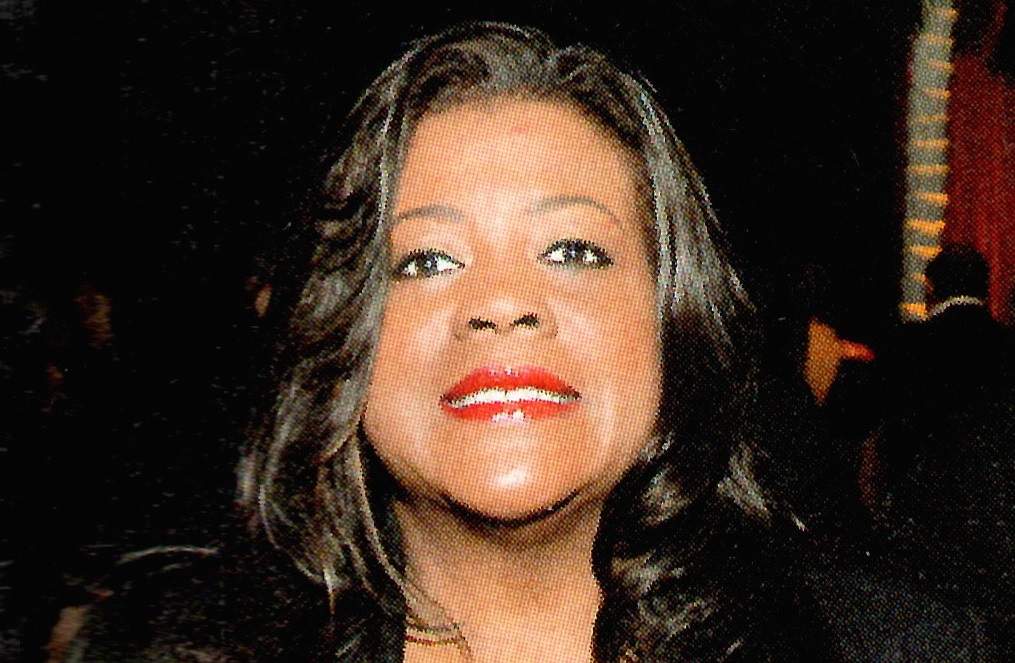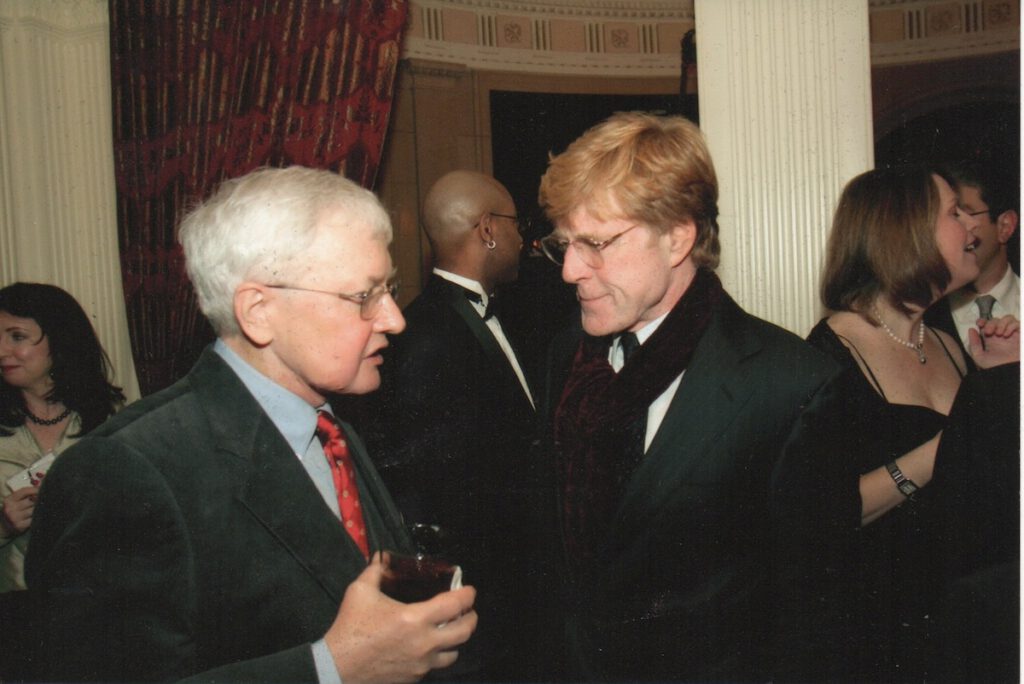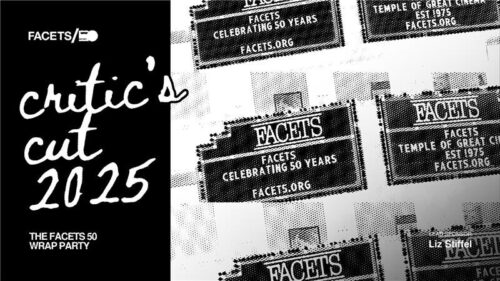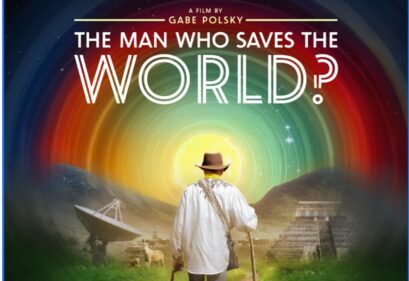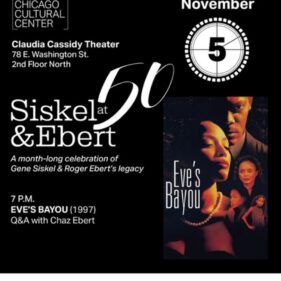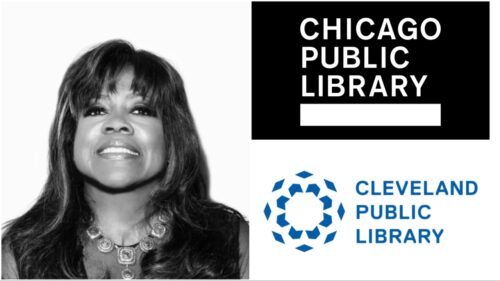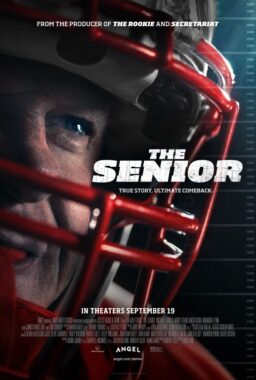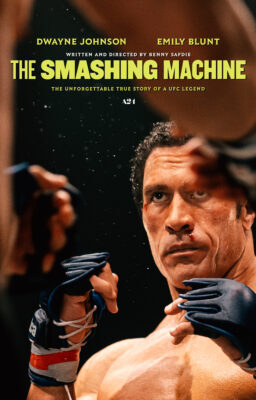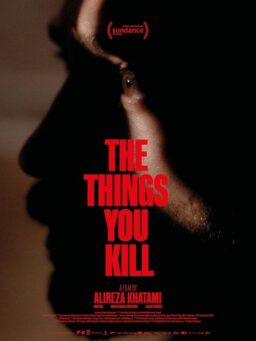In celebration of the fortieth anniversary of Robert Redford‘s Sundance Institute, they have asked us to share some of our own memories about the Institute and the Festival. We are presenting a special edition of Thumbnails detailing its evolution as reported by my late husband, Roger Ebert. I also share one particular one of my own, when I served on the Jury. It is a fascinating time capsule that shows how vital Sundance has been to the art form of cinema throughout the past four decades. Thank you, Robert Redford, Michelle Satter, and everyone else who has made Sundance a shining beacon of independent artistry. — Chaz Ebert
1.

“Declarations of independence: Before Sundance was Sundance“: Forty years ago, Roger Ebert reported on the 3rd Annual U.S. Film and Video Festival in its first year at Park City.
“Maybe… someone suggested late in the afternoon during one of the long, rambling informal seminars around the fireplace… maybe an independent film is one that tells a story that the filmmaker believes has to be told, no matter what. No matter whether it’s “commercial,” no matter whether Hollywood will finance it, no matter whether anyone will ever want to pay to see it, it has to be told. That was accepted as a provisional definition, during last week’s 3rd Annual U.S. Film and Video Festival, which was born in Salt Lake City and moved this year to the ski resort of Park City, not far from Robert Redford’s Sundance complex. This was the first film festival devoted solely to independent American features, and everybody here knew what an independent film was not: It was not a multimillion-dollar production, it probably had no major stars in it, it was not intended to flatter the lowest common denominator in its audiences.”
2.

“The First Sundance Workshop, 1981: The more things change…“: Later that July, Roger reported on the first-ever Sundance Workshop.
“Up here above Provo, in the resort he has carved out of a little mountain meadow, Robert Redford is conducting an experiment that Hollywood regards with a mixture of suspicion and curiosity. He has selected 10 low-budget films that are in the middle-to-late stages of preparation and invited their directors to spend the summer at Sundance working on their scripts in the company of established directors, writers and editors. On the surface, this seems like an admirable and uncomplicated idea, a cinematic summer camp at which you bring home a screenplay instead of a woodcarving and an Indian belt. But the movie industry is not so sure. Rumors float around that Redford is starting his own studio, that his dream is to be a major producer of independent features, that just as Francis Ford Coppola wants his own major Hollywood studio, so does Redford want his own mini-studio here on the mountain he is developing. The truth is apparently somewhere in between. Redford says he has no desire to produce personally any of the movies that are under construction at Sundance. But he might hope that eventually the Sundance Institute, a nonprofit foundation headquartered here, will become a clearinghouse for independent filmmakers working outside the studio system. There are countless summer writers’ workshops nestled away in the wilds of Vermont and Iowa – why not a workshop for filmmakers?”
3.

“The evolution of Sundance“: In 1997, Roger reported on how the success of Sundance illustrated a seismic shift in the importance of independent films.
“Sundance, launched in the early 1980s as a showcase for American independent filmmakers, was in its first years an event so humble that the award ceremony was held in a conference room at the local Holiday Inn. I remember going to screenings with all of two dozen people in the audience and moderating a panel discussion with Jonathan (“The Silence of the Lambs”) Demme in front of the fireplace at the self-same Holiday Inn, where half of the audience consisted of skiers who had wandered in by accident. Today the festival is an obligatory destination for young filmmakers showcasing their first films. It is a must stop, too, for agents looking for the next Demme, Tarantino or Soderbergh, and for distributors who want to snap up the rights to this year’s “sex, lies, and videotape,” “Pulp Fiction,” “Hoop Dreams,” “Crumb,” “The Brothers McMullen” or “Shine” (the film that provoked last year’s shoving match – Fine Line won). It was joked a few years ago that Sundance was popular because agents were looking for a way to ski on their expense accounts. Today the joke is that no one has time to ski; the business done here is simply too important. The success of Sundance is a reflection of a seismic shift in the importance of independent films – films defined as being made without major studio support, without big budgets and usually (but not always) without big stars. Fifteen years ago, such films were seen as an entry ticket for directors hoping to break into the majors. Today they are seen as the lifeblood of American cinema; as the majors specialize in brain-dead $80 million special-effects blockbusters, the Sundance-style project is where good movies now live.”
4.

“Of the feel of theaters and audiences, and eight films from Sundance“: In 2010, Roger reported on highlights from Sundance, including a cherished screening held in Chicago.
“I saw my final film of Sundance 2010 here in Chicago. It was my best Sundance experience, and I want to tell you why. The film was “Jack Goes Boating,” the directorial debut of Philip Seymour Hoffman. It played here in the Music Box, as part of the “Sundance USA” outreach program, which has enlisted eight art theaters around the country to play Sundance entries while the festival is still underway. The Music Box is the largest surviving first run movie palace in Chicago. It is deeper than it is wide, and has an arching ceiling where illusory clouds float and stars twinkle. Many shows are preceded by music on the organ. That’s all very nice, but doesn’t explain why this particular screening was so enjoyable. Every one of the 750 seats was filled. These people were not festival goers, nor were they all critics, bloggers or distributors. They were movie lovers who ventured out at night in the cruel Chicago winds with the temperature standing at 14F, and paid cash for their tickets because they wanted to see Hoffman’s new movie.”
5.

“The Ebert Scholars on Sundance 2015“: Ebert Scholars Anisha Jhaveri, Ibad Shah, An Banh and Sterlin Johnson reflect on their experience of covering Sundance for RogerEbert.com.
“[Johnson:] ‘I remember a year ago, I was angry with myself and where I was as far as my career plan was going. I worked hard in class, I did whatever was asked of me, and I yet I still hadn’t made a personal victory for myself. I had told my mom that it was time that I got out of town and experience the world, but I didn’t have the resources to shell out cash for soul searching. I just knew inside that being away from everyday life and standing on my own would shake up some of my creative juices. When I found out I would be going to Sundance, my prayers felt answered. I was going to be gone for ten days in a place I’ve never been, with people I never knew, and I couldn’t help but feel in over my head. Once I got there, the thought never faded. When I met the other scholars, and I knew how much they had done, and how little I had done, I felt intimidated. Every line I stood in, every person I talked to, I was reminded that I hadn’t achieved anything. I felt my opportunity a fluke, and my life would forever be defined by these next few days. I knew I didn’t want that, so I did my best to rise to every occasion thrown at me. In my mind, I didn’t know if I was ever going to see anything like this ever again, and I knew the last thing I wanted to do was miss out.’”
6.

“Diary of a Sundance Juror“: Chaz Ebert reflects on her experiences as a member of the U.S. documentary jury at the 2018 Sundance Film Festival.
“Sundance, the prestigious festival started by Robert Redford, is one of the few film festivals that gives as much weight and praise to its documentary films as to its narratives. There is a truth and an immediacy in documentaries. They provide a snapshot of what is happening in society and help us connect with the deepest parts that make us human. With all the talk in the media about certain Congressmen possibly colluding with the White House to plunge our government into a constitutional crisis, it was cleansing to get away and spend full days watching and discussing fascinating new films with my fellow jurors including Ezra Edelman, Oscar-winning director of “O.J.: Made in America”; Simon Chinn, producer of the Oscar-winning documentaries, “Searching For Sugarman” and “Man on Wire”; Barbara Chai, head of arts and culture coverage at Dow Jones Media Group; and Matt Holzman, host and producer of NPR’s The Document. And judging from the content and quality of the films at Sundance, I returned to my daily life actually encouraged despite the wranglings of all the President’s men.”
Image of the Day

In this photo taken by Kevin Winters in 2013, Robert Redford and Chaz Ebert are announcing the Roger Ebert Scholarship for Film Criticism established at the Sundance Institute. You can read the full article here.
Video of the Day
This priceless clip of Roger Ebert making an impassioned statement during the Sundance Q&A for Justin Lin’s 2002 film, “Better Luck Tomorrow,” for which he gave four stars, illustrates why the critic was so respected and why he loved participating in festival discourse.
